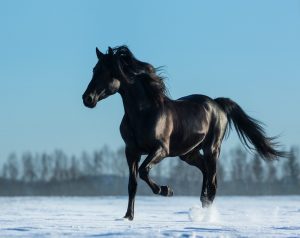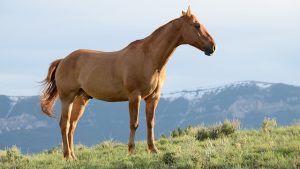The large majority of domestic horse breeds can be divided into three main groups: ponies, heavy or workhorses, and thoroughbreds and other horses used for sporting and recreational purposes. In the horse show and sporting arena, horses which stand less than 148 centimeters high are generally labeled ponies. This is quite logical.
However, the zoologist sees it quite differently. To the zoologist, ponies are those small horses which descend from the prehistoric wild ponies and have at least some of their characteristics. The confusion caused by the varying uses of the word ‘pony’ can be seen from the following examples. On the one hand, some horse breeds such as Arabian is anything but a pony, although a good many of these horses are less than 148 cm/59 in high and thus are in the pony category.
Most of the horse breeds today are sporting horses. All horses aside from ponies and heavy horses belong to this group, including the thoroughbreds. There are approximately three hundred breeds of these horses, and in earlier times they came in many different varieties. However, during the last few decades, most of the animals in this group have been bred with a specific purpose in mind.
The first priority is given to riding horses which are suitable for dressage and show jumping. The result of this notion of an ideal modern horse is that hardly anyone can tell the difference today between a Swedish horse and an Anglo-Norman or an Italian racehorse. Therefore a colorful range of different breeds has evolved into a standard European horse.
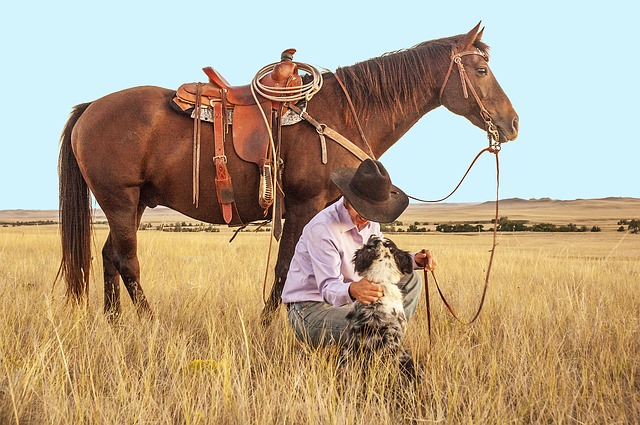
Western Horses
As recently as the 1970s, Western horses were still almost solely restricted to North and South America, but they are now becoming increasingly popular in parts of Europe. Although it is basically possible to ride a Western saddle with any kind of horse, the different types of the American Western horse are particularly well-suited to this kind of riding. The various types of Western horse are described in this post.

Mustang
The wild mustangs of the western United States are not wild horses but descendants of the Spanish horses which returned to the wild after they were brought over during the conquest and colonization of America. They multiplied in the millions on the prairies and shared the grazing land with large herds of bison. Just like the Indian buffalo most of them were later slaughtered, but thousands of them were also caught and trained for use as cowboy and cavalry horses. Many of the horses used by cowboys today are direct descendants of the mustang. There are many different types, varying in height from 130-148 cm/52-59 in. All of them are known for their toughness, undemanding nature and endurance.
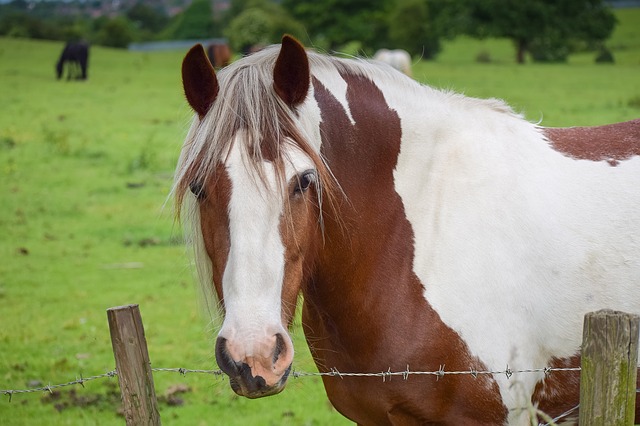
Pinto
The name Pinto comes from the Spanish pintado and means painted. Long ago many of the Spanish horses were dappled, as were the mustangs later. Thus as a rule pintos are mustangs or descendants of these wild horses. There have been deliberate attempts since 1963 to raise them as a breed. Animals with just the right confirmation and of course dappling are selected for this purpose. Depending on their markings there is either the predominantly dark Overo or the mostly white Tobiano. Like the other ancestors of the mustang, pintos are on average less than 150 cm tall; they are fast, have the stamina and are extremely robust. They are an excellent cowboy and domestic horses.

Appaloosa
The Appaloosas with their different kinds of spotted markings and excellent qualities for riding are an enrichment to warmblood 81 horse breeding. The fact that there are well over 150,000 of them in existence today proves how popular they have become. A number of excellent Appaloosas can also be found now in Europe.
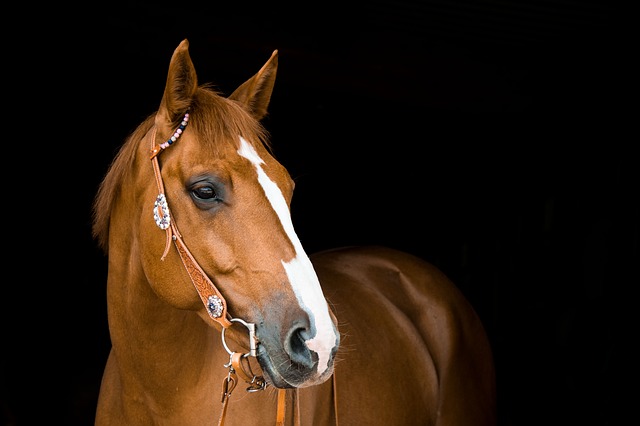
Quarter horse
The Quarter horse is not a quarter of a horse as the name would imply. It is also not a thoroughbred, as some people claim but nevertheless, it has earned its place on a high pedestal. These horses made a reputation for themselves about 350 years ago in the American South and not in the Wild West. In the southern states, horse racing on the village streets was popular entertainment on Sundays. The races usually ran for a distance of a quarter of a mile (about 400 meters) and this is how its name Quarter horse originated. All sorts of different breeds of horses were crossed to create the Quarter horse – a large number of Arabian and English thoroughbreds as well as Turkish horses and others. What was important in the stud selection was that the animals were able to thunder from one end of town to the other in record speed. At its inception, the American Quarter Horse Association (AQHA), which was not founded until 1940, set itself the goal of producing a breed which totally fits its ideal of what a Quarter horse should be. It sought a solid, muscular but refined-looking horse with a short, wide, expressive head and wiry, very robust legs; a quick learner, friendly and competitive; a horse which was high-spirited but not nervous. The versatility and quality of the Quarter horse is shown in its success as a stud horse. During the association’s first year 599 horses were listed in the stud book. Today more than three million Quarter horses are registered at the association’s American head office in Texas. Today these animals can be found worldwide in 64 different countries.
